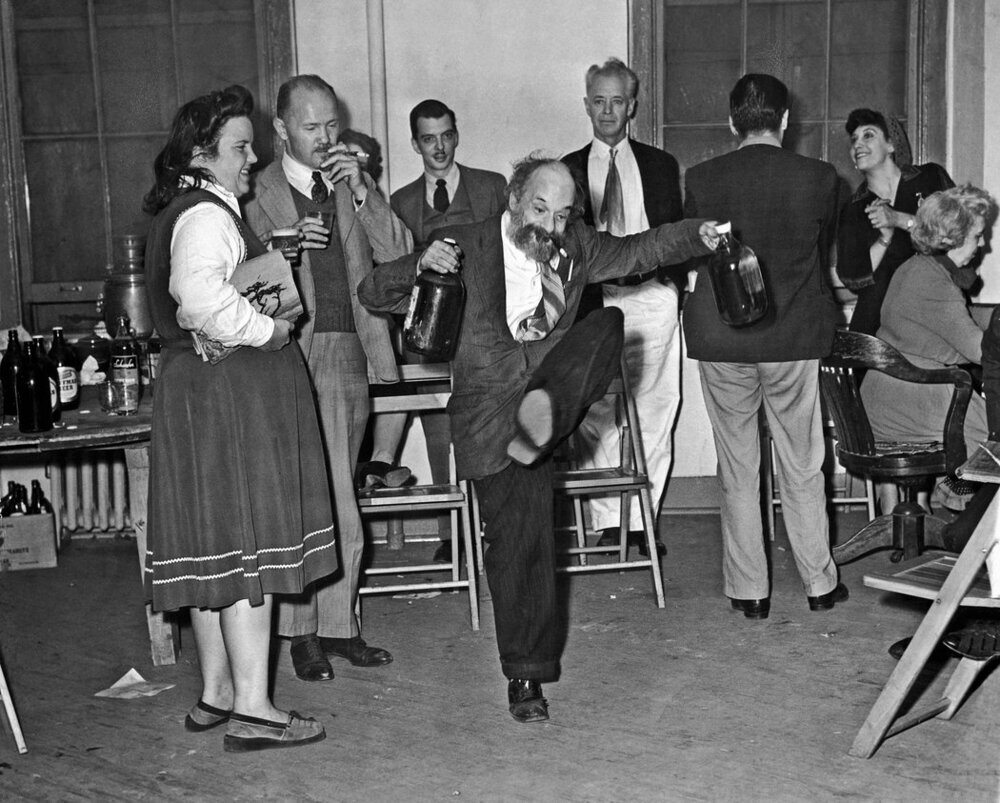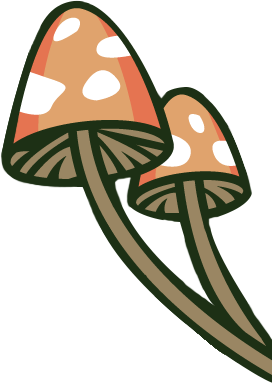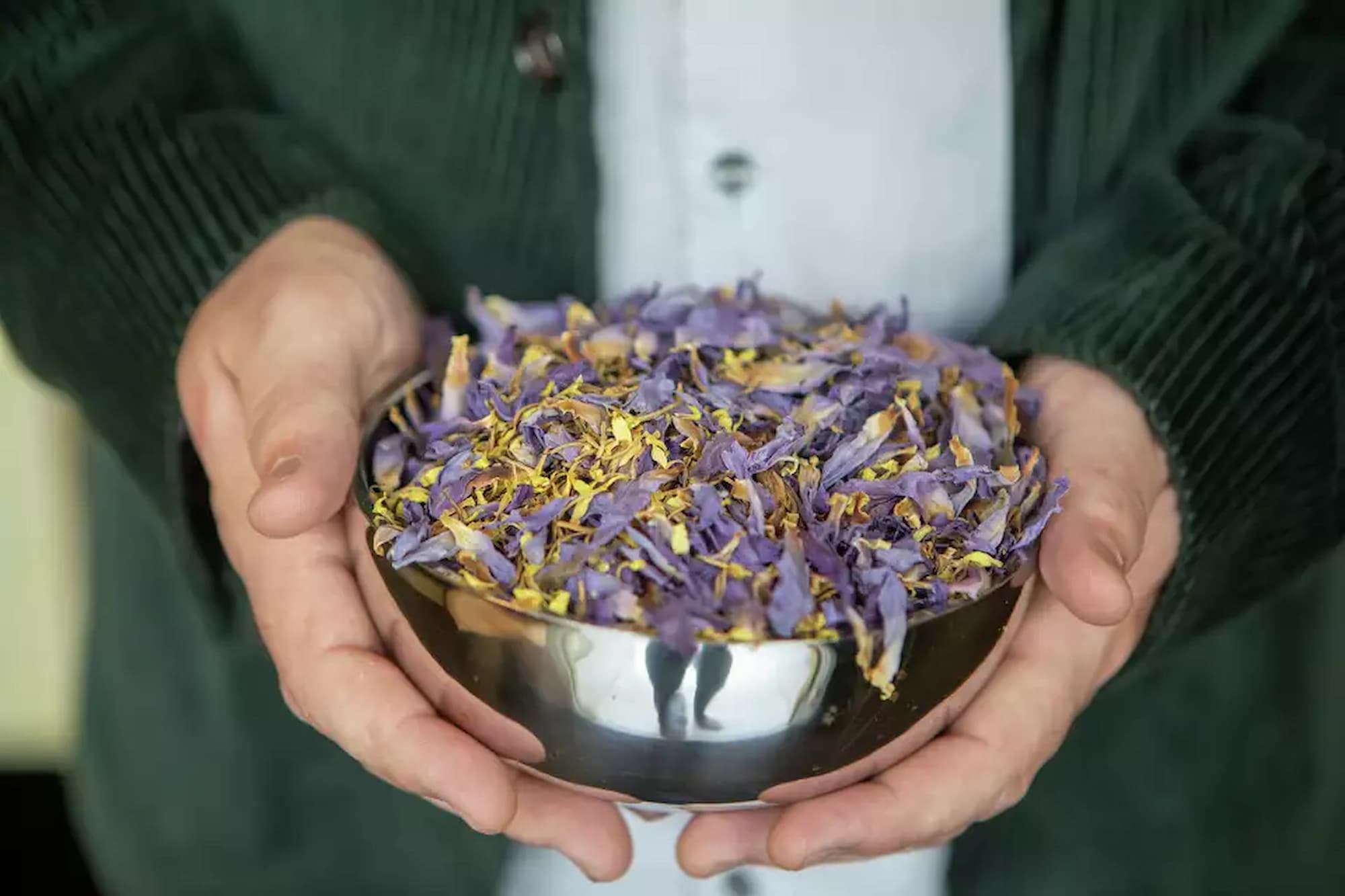In the heart of ancient Egypt, a delicate flower held profound significance for the people. The Egyptian blue lotus, scientifically known as Nymphaea caerulea, captivated the imagination of the Egyptians due to its exquisite beauty and its potent entheogenic properties. As a bridge between the earthly realm and the spiritual dimensions, the blue lotus played a vital role in religious rituals, meditation, and introspective experiences. In this article, we delve into the historical use of the Egyptian blue lotus as an entheogen, exploring its role in the mystical journeys of the ancients.
The Egyptian blue lotus, with its radiant blue petals, emerged as a symbol of rebirth, enlightenment, and the eternal cycle of life. It was closely associated with the sun god Ra, often depicted as a lotus emerging from the primordial waters. The lotus flower's daily cycle of blooming and closing mirrored the sun's journey across the sky, reinforcing its connection to divine energy and renewal.
Entheogens, substances that induce altered states of consciousness for spiritual purposes, have been utilized by cultures worldwide to connect with the divine and gain deeper insights into existence. The Egyptian blue lotus, when ingested as a tea or smoked, was believed to induce a profound altered state of consciousness. This experience was characterized by heightened sensory perception, enhanced introspection, and a sense of unity with the universe.
The psychoactive compounds responsible for these effects were likely alkaloids such as nuciferine and aporphine found in the blue lotus. These alkaloids interact with the brain's receptors, leading to relaxation, euphoria, and a sense of tranquility. Ancient Egyptians used these altered states to communicate with their gods, seek guidance, and explore the mysteries of life and death.
The Egyptian blue lotus was an integral part of religious rituals and ceremonies. Its consumption was often reserved for priests, priestesses, and the ruling class, as they sought to commune with the divine realm. Temples and sacred spaces were adorned with images of the blue lotus, emphasizing its importance in connecting the physical world with the spiritual.
One notable ritual involving the blue lotus was its use as an offering to the gods. The act of ingesting the flower was seen as a direct communion with the divine, facilitating a deeper understanding of the cosmos and one's place within it.
The use of the Egyptian blue lotus extended beyond its spiritual significance. It played a role in social gatherings, artistic expression, and even in medicinal practices. Its depiction in murals, sculptures, and hieroglyphics showcased its relevance in everyday life, further emphasizing its cultural importance.
The use of the Egyptian blue lotus waned over time, influenced by changing religious beliefs and external forces. However, its legacy continued to echo through the ages, leaving an indelible mark on the history of entheogenic practices. The blue lotus became a symbol of ancient wisdom, a reminder of humanity's quest for spiritual enlightenment and connection.
The Egyptian blue lotus, with its mesmerizing blue petals and entheogenic properties, remains a testament to the profound relationship between humans and plants. It served as a bridge between the physical and spiritual worlds, enabling the ancient Egyptians to embark on mystical journeys of self-discovery and divine communion. As we reflect on the significance of the blue lotus, we are reminded of the enduring human desire to explore the mysteries beyond the material realm and connect with the infinite





 Previous
Previous
